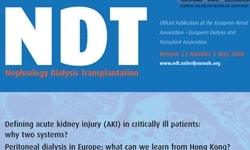
“The essential role of GAPDH/Siah1 signaling pathway in the pathogenesis of various injurious conditions such as traumatic spinal cord injury (SCI) has been gradually recognized. However, the drugs targeting this signaling pathway are still lacking.
The endocannabinoid system, including its receptors (CB1 and CB2), act as neuroprotective and immunomodulatory modulators in SCI. WIN55212-2, an agonist for CB1 and CB2 receptors, has been demonstrated with anti-inflammatory and anti-apoptotic effects in multiple neurological diseases. Therefore, the present study aimed to investigate whether WIN55212-2 could promote functional recovery after traumatic SCI via inhibition of the GAPDH/Siah1 signaling.
In conclusion, our study indicates that, WIN55212-2 improves the functional recovery after SCI via inhibition of GAPDH/Siah1 cascades in a CB2 receptor dependent manner, indicative of its therapeutic potential for traumatic SCI or other traumatic conditions.”








